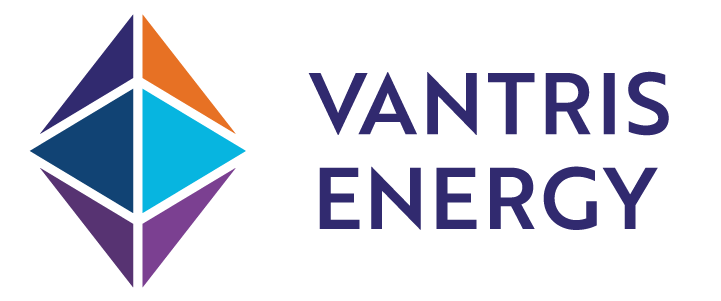As the leader of our segment, our Tender-Assist Drilling (TAD) rigs are capable of providing development drilling, well completion, workovers as well as plug and abandonment operations in waters as shallow as 30 ft. to as deep as 6,000 ft, with drilling depth of up to 30,000 ft.
Typically the TAD is stationed next to a platform. The main benefits of TAD are the drilling package self-erecting capability, large storage capacities for tubular and fluids, and offline capabilities. Once the drilling operations are completed, it can then rig-down and move on to another platform for different operations. This translates to efficiency and sustainability for the client.
When the drilling package is in operation, the TAD is stationary on eight-point mooring system and provides power and other services that support the well operations.
Watch a video of TAD in action
Types of Tender Rigs
We own and operate the world’s largest fleet of TAD rigs. They can be categorised into two types, i.e. the mono-hull tender-assist drilling rig (barge tender) and the semi-submersible tender-assist drilling rig (semi-tender). Both units carry the same equipment but the semi-tender is capable of operating in deeper waters and harsher environments.
Benefits and Advantages of Tender Assist Drilling Rigs
There are two types of Tender Assist Drilling (TAD) rigs – tender rigs and semi-tender rigs. Both carry the same equipment but the latter can operate in far deeper depths and harsher environment.
Typically, the TAD is stationed next to the platform and its drilling package is lifted onto the platform. While the drilling package is in operation, the TAD is stationary whilst providing power and other services that support operations.
Other benefits and advantages include:
- Ability to self-raise, remove its own drilling package and then rig-up on the same package on another platform, resulting in increased efficiency and sustainability when drilling development wells
- Reduced Capital Expenditure (CAPEX) and Operating Expenditure (OPEX) for our partners over the full duration of the fields due to:
- Multiple wells drilled from one area, reducing time between wells and improving personnel and logistics’ planning synergies
- Much shorter well duration resulting in improved performances in batch-drilling, Simultaneous Operations (SIMOP) and dry tree operations
- Improved maintenance plans
- Higher utilisation rate of the drilling equipment due to its mobility
